One of the world’s largest aviation museums, the National Museum of the US Air Force in Dayton, Ohio has over 350 aircrafts. It presents the entire history of military aviation, from the reconstruction of the first military flying machine, the Wright 1909 Military Flyer, to supersonic spy planes from the Cold War. One of the most remarkable is Bockscar, the B-29 Superfortress, a plane that dropped an atomic bomb code-named "Fat Man" on Nagasaki. Superfortress Enola Gay which dropped the first atomic bomb on Hiroshima is on display at the National Air and Space Museum in Virginia.
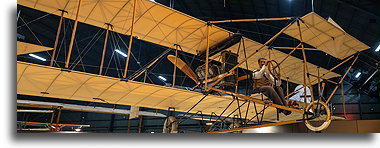
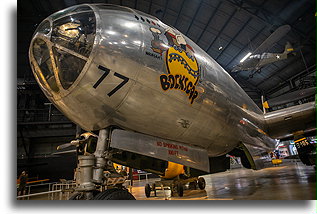
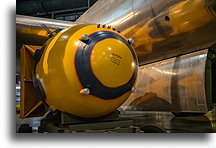
The plane worth mentioning is Air Force One, a Boeing plane that carried eight sitting US presidents. The Boeing plane, known as the SAM 26000, is remembered mainly because it carried president Kennedy to Dallas, Texas just before his assassination. The plane also carried a coffin with his body back to Washington DC.
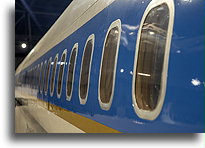
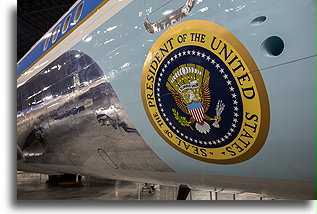
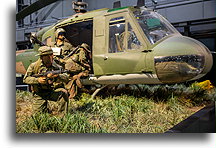
Museum houses many interesting exhibits. One of them describes the history of volunteer Kosciusko Squadron, where 17 American airmen supported the Polish Army in the Polish-Soviet War. The flight squadron was established in late 1919 by was Merian C. Cooper, the United States Air Force aviator. The squadron was named in honor of Tadeusz Kosciuszko, Polish patriot who had fought in the American Revolution under George Washington. Americans flew countless missions bombing hordes of Cossacks from the east and supplying equipment, food and cloth to Polish solders. Cooper was shot down and spent nearly nine months in a Soviet prisoner of war camp. He escaped just before the war was over. For his valor, Cooper was decorated by Polish commander-in-chief Józef Piłsudski with the highest Polish military decoration, the Virtuti Militari.




